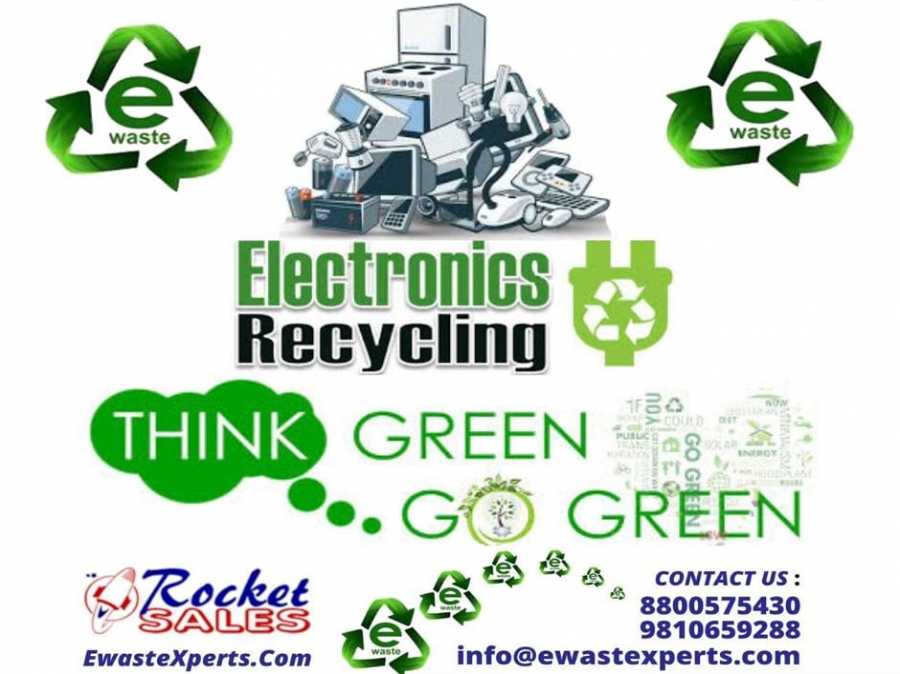
E-Waste Recycling

The complete process of e-waste recycling
1 — Collection
The first stage in the recycling process for e-waste is the collection of electronic products through recycling bins, collection locations, take-back programs, or on-demand collection services. The mixed e-waste is then taken to specialized electronics recyclers.
Best practice dictates that e-waste should be separated by type at this stage of the process, which is why many collection sites will have different bins or boxes for different items. This is especially important for e-waste containing batteries, which require special treatment and can be very damaging if mixed with other waste.
2 — Storage
While safe storage may not appear critical, it can prove very important. For example, the glass screens of Cathode Ray Tubes (CRT) TVs and monitors are highly contaminated by lead. In the past, they were recycled into new computer monitors, but the growth of new technology and subsequent decline in demand for CRT products means much of this glass is now simply being stored indefinitely.
3 — Manual Sorting, Dismantling, Shredding
E-waste then goes through the initial stage of manual sorting, where various items (such as batteries and bulbs) are removed for their own processing. This is the stage at which some items may also be manually dismantled for components, reuse, or the recovery of valuable materials.
E-waste is then shredded into small pieces allowing for accurate sorting of materials, a key part of the process. Most electronics are a mix of materials, and breaking items down into pieces that measure just a few centimeters means they can be separated mechanically.
4 — Mechanical Separation
The mechanical separation of the different materials actually consists of several processes one after the other. The two key steps are magnetic separation and water separation.
The shredded e-waste is passed under a giant magnet, which is able to pull ferrous metals such as iron and steel from the mix of waste. In addition to this, an eddy current may also be used, separating the nonferrous metals. These materials can then be diverted to dedicated recycling plants for smelting. Other materials such as metal-embedded plastic and circuit boards are also separated at this stage.
5 — Water Separation
With a solid waste stream that now consists mainly of plastic and glass, water is used to separate the materials, further purifying for the separation of different plastics as well as hand-sorting obvious contaminants.
6 — Recovery
The materials, now separated, are prepared for sale and reuse. For some materials, such as plastic or steel, this means joining another recycling stream. Others may be processed onsite and sold directly alongside usable components separated in the early stages.
